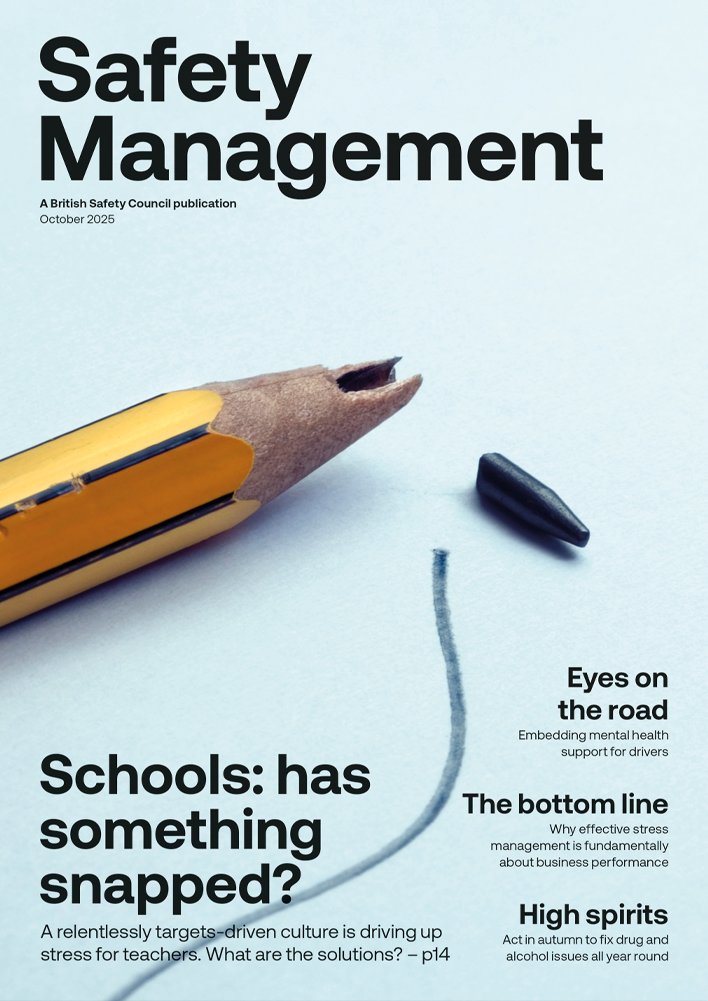Emerging technologies have the potential to fundamentally reshape the world of work. These technologies can enhance productivity and, in many sectors, improve occupational safety and health (OSH) outcomes for workers. However, they may also introduce new risks that are difficult to anticipate and manage.
News
Workers report having to engage in ‘emotional labour’ to remain positive, finds study on emerging technologies
That’s the view of Hampton Toole and Giulia Maistrello, both analysts from RAND Europe, who conducted a review for Lloyd’s Register Foundation (LRF) Global Safety Evidence Centre to assess what is known about the impact of emerging technologies on worker safety.
The research team synthesised global evidence and engaged with stakeholders from industry, regulation, government and academia to better understand the impact of emerging technologies on workers’ safety, health and wellbeing.
 Emotional AI refers to the ability of machines to detect and interpret someone’s emotional state using sensors and machine learning. Photograph: iStock
Emotional AI refers to the ability of machines to detect and interpret someone’s emotional state using sensors and machine learning. Photograph: iStock
“Our findings show that this wide range of technologies can support OSH outcomes and boost workplace productivity, but they also have potential implications for workers’ physical and psychosocial health and wellbeing,” write the authors in a blog post for LRF. “While outcomes can vary significantly across technologies, for many, the impacts – whether positive or negative, physical or psychosocial – remain unclear.”
The study focused on several technologies relevant to OSH and wellbeing outcomes.
These included emotional artificial intelligence in a range of sectors including desk-based occupations. Emotional AI refers to the ability of machines to detect and interpret someone’s emotional state using sensors and machine learning.
While it may, said the report “enable employers to identify health and wellbeing issues” it was also found to increase anxiety and stress. Workers reported having to engage in additional ‘emotional labour’ to remain positive even when faced with stressful situations or abusive customers.
Other technologies considered in relation to OSH and wellbeing included algorithmic management which automates or assists in supervising and evaluating workers, wearable devices which track health data and environmental risks, collaborative robots (cobots) and augmented and virtual reality (AR/VR) in relation to safety training.
“Because emerging technologies are, by definition, new and evolving, it is difficult to keep pace with the risks they may introduce,” write Toole and Maistrello. “This challenge is compounded by the reluctance of many organisations to share data on the potential effects of these technologies on OSH and wellbeing, even when such data are collected. It is essential to encourage employers and OSH professionals to conduct thorough risk assessments of these technologies using adaptive frameworks that still support agile implementation.”
Read the impact of emerging technology on safety at work report from the Lloyd's Register Foundation here
NEWS

Work more likely to impact on mental health for female workers, HSE stats suggest
By Belinda Liversedge on 03 December 2025
Female workers report significantly higher rates of stress compared to their male colleagues, HSE statistics show.

Fast. Fierce. Fatal. campaign highlights dangers of fires from lithium-ion batteries
By Belinda Liversedge on 26 November 2025
A campaign to highlight the dangers of fires caused by lithium-ion batteries has launched following an increase in one fire service’s callouts linked to fires caused by charging e-bikes and common devices.

Top jobs in safety in greatest demand right now, says recruiter
By Belinda Liversedge on 29 October 2025
Senior safety professionals who can influence culture, lead transformation, and align health and safety with wider business goals are in growing demand by employers, the recruiter Irwin & Colton have said.



